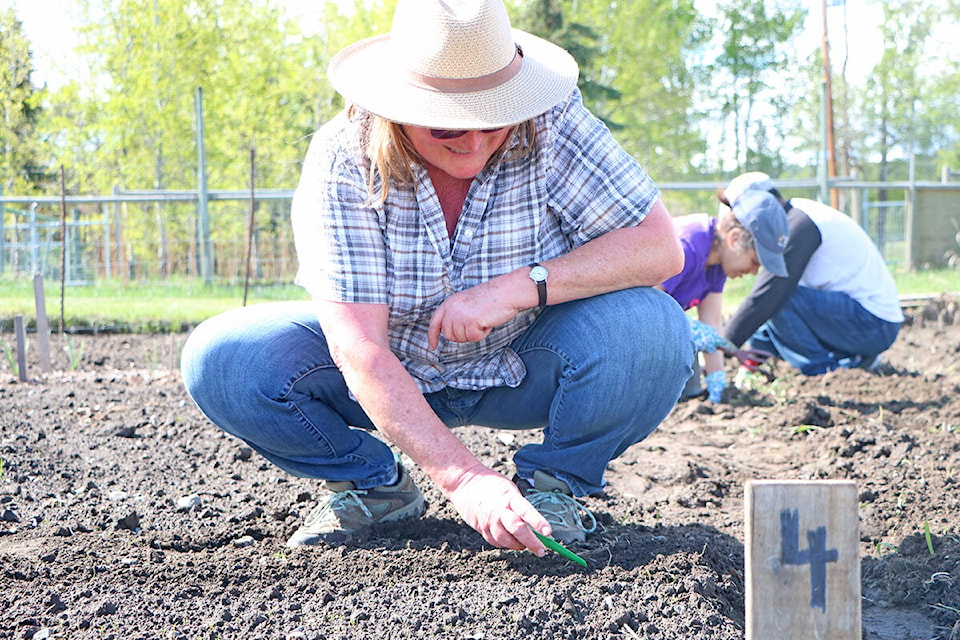April is gone and spring came in with some beautiful days. I was able to do all my pruning and spray the fruit trees with dormant oil in March. All the branches were piled at the road and chipped by the city.
With my soil being clay, usually it is hard to walk in the yard at this time of the year without dragging mud all over but the soil is very dry. The little bit of rain we had didn’t amount to much in my rain barrels. Unless we get a fair amount of rain in the next couple months, we might be looking at a summer filled with smoke.
A lot of seeds can be put in the ground now. Many vegetables like growing in the cool days of spring and early summer. With the price of food at the stores, every one should be able to plant and grow a few fresh vegetables. You don’t need a lot of space to have fresh organic food on your table but you must have enough sun for them to grow. Most vegetables require six to eight hours of sun daily.
If you have limited space, some vegetables can be planted in containers. It is easier to find some sun if you can move the pots around. Plants grown for edible roots need at least four hours of direct sunlight. Plants grown for edible leaves need at least three to four hours of direct sunlight: lettuce, parsnips, radish, spinach, chard, beets, kohlrabi, kale and arugula. Herbs that tolerate partial shade: cilantro, dill, lemon balm, chives, thyme, parsley, oregano, sage and mint. Mint should be grown in a pot unless you want mint all over your garden. Plants grown in areas that receive less sun will need less water.
If you have four to six hours of sun, you can grow broccoli, peas, celery, beans, onions, cauliflower, cabbage, leeks, garlic, asparagus and scallions.
For heat loving plants, you need six to eight hours or more of sun, they include tomatoes, peppers, eggplants, pole beans, cantaloupe and watermelon. As soon as the plants are big enough, I mulch mine to conserve water. Mulching also prevents weeds to germinate and if some do, they are easier to pull as the root system will be weaker.
If you don’t have the space or a balcony you can always sprout some seeds. All you need are seeds, a jar and cheesecloth for draining. You can find more information at: https://wholefully.com/sprouting-101/#What_can_I_sprout.
These are just of few that you can sprout. You can do it any time of the year, no sun required and only a few days to harvest.
Alfalfa (medicago sativa): sprouts five to seven days; the leaves are mild flavored. Beet sprouts 11 to 21 days, broccoli sprouts about five days eaten raw. Cress (lepidium sativum): sprouts three to four days; leaves have tangy flavor. Peas and mung bean sprouts grow good together and can be cooked. Mung (vigna radiata): sprouts three to five days; bean and root are mild flavored. Peas (pisum sativum): sprouts five to seven days; bean and roots are mild flavored. Radish (raphanus sativus): sprouts three to five days; leaves are peppery flavored. Red clover sprouts five to six days and better eaten raw, spelt grain three to five days can be used in cooking. Sunflower 12-14 days, thick stems. Turnip (brassica rapa) sprouts two to five days; strong flavored.
Wishing you a season filled with peace, joy, and love.
For more information: 250-558-4556 jocelynesewell@gmail.com
READ MORE: A Gardener’s Diary: Broccoli front line in cancer fight
READ MORE: Coldstream woman celebrates 100th birthday with 5 generations of family
